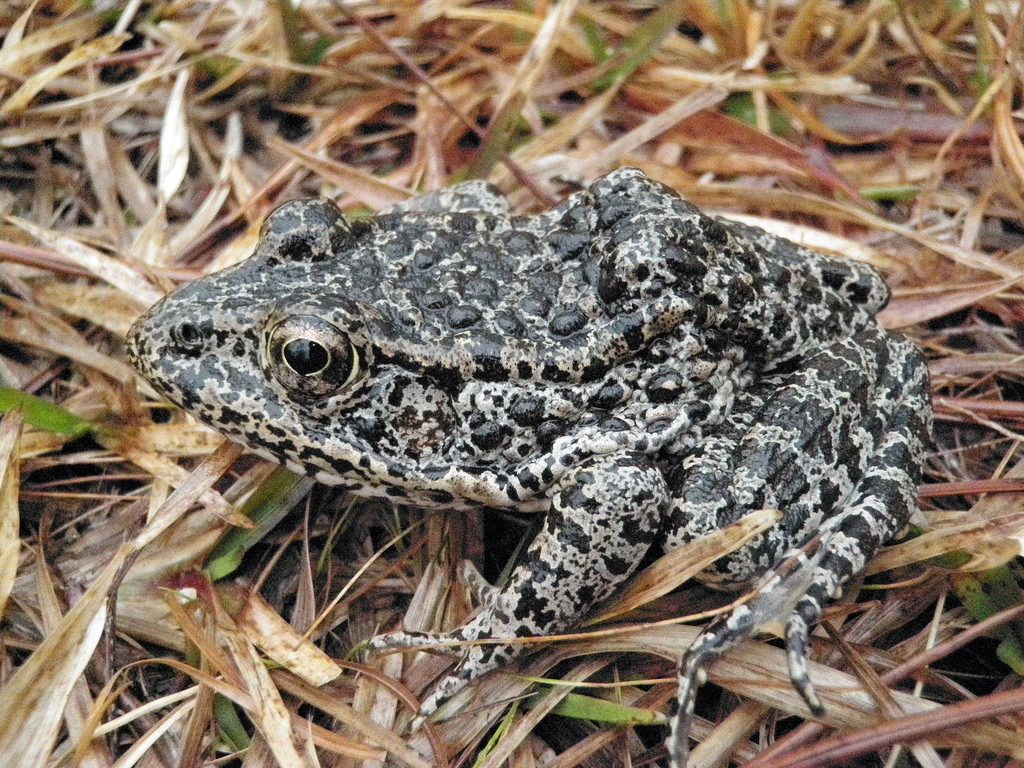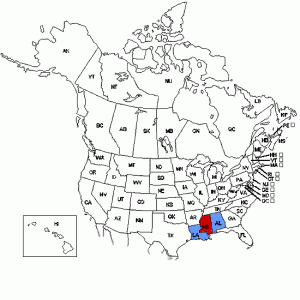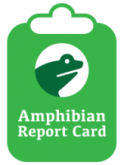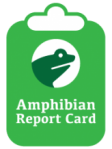Report Card

Photo courtesy of USDA
- D
- F
- C
- D
- Major Threat
Challenge:
Habitat loss is caused by urbanization, tree farms, roads, fire suppression, and the conversion of wetlands.
Actions:
Support local politicians and agencies that consider wildlife and the environment in their decisions about development to try to reduce habitat loss.
- Secondary Threat
Challenge:
Changes in rainfall amounts and timing may impact when frogs breed and how diseases respond.
Actions:
Reduce your individual carbon footprint. Support policies and decision-makers taking action to reduce greenhouse gas emissions and help wildlife adapt to changes we’re already seeing.
- Minor Threat
Challenge:
Not a threat for this species.
Actions:
Phew! This one doesn’t yet require action. Look to the other threats for ways you can help this amphibian in need. Keep up the good work!
- Minor Threat
Challenge:
Not a threat for this species.
Actions:
Phew! This one doesn’t yet require action. Look to the other threats for ways you can help this amphibian in need. Keep up the good work!
- Secondary Threat
Challenge:
Not a threat for this species.
Actions:
Phew! This one doesn’t yet require action. Look to the other threats for ways you can help this amphibian in need. Keep up the good work!
- Major Threat
Challenge:
Major die offs have occurred because of an emerging disease that is not yet described.
Actions:
Wash your shoes and equipment after every hike, fishing trip, or visit to wetlands. You can help reduce the spread of this deadly disease! Learn how to disinfect
Population
There are less than 250 individuals left in the wild.
Habitat
Sandy long-leaf pine forests with ephemeral (temporary) wetlands and hiding places like animal burrows and tree stumps. This species used to be found in the southern portions of Alabama, Mississippi, and Louisiana, but is now limited to two populations in Mississippi.

Click here for map legend. Maps courtesy of NatureServe.
Natural History
Adults gather at shallow temporary ponds during the winter months to breed. Eggs are deposited on vegetation or other suitable locations within the pond. It can take 3-6 months for tadpoles to develop and metamorphose. Adults are typically found in surrounding upland forest habitat, and use burrows and stumps for shelter. Historically gopher tortoise burrows were believed to be important habitat for this species.
Additional Information
Dusky Gopher Frogs sometimes cover their eyes with their hands when they feel threatened.
Amphibians were graded based on their population status, occupied habitat, and vulnerability to threats. These report cards are living documents that change based on the latest amphibian expert opinion received through the Amphibian Report Card website. We rely on experts to keep the information up-to-date. If you're a species expert, share your expertise here. To learn more about how amphibians were graded, click here.
Subscribe
Copyright © 2018 Amphibian Report Card. All rights reserved. Website designed and maintained by Mother, Baker, Website Maker.

